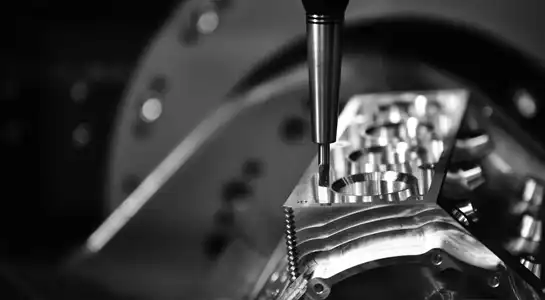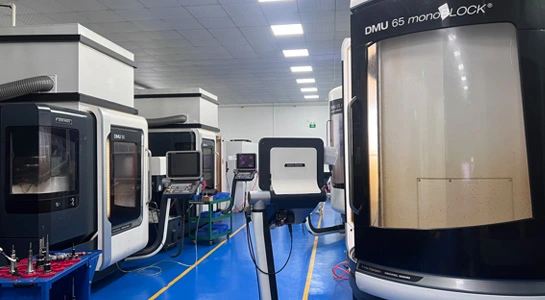The Importance of Rapid Prototyping in Medical Device Development
Accelerating Time-to-Market
Rapid prototyping plays a crucial role in shortening the medical device development timeline. By producing physical models quickly, engineers can test functionality, evaluate ergonomics, and identify potential design flaws early in the process. Iterative improvements can be implemented without the delays associated with traditional manufacturing, allowing for faster refinement of concepts. This accelerated workflow helps companies bring innovative and life-saving devices to market sooner, giving patients access to advanced treatments faster and enabling manufacturers to maintain a competitive edge in a highly regulated and fast-moving industry.
Cost-Effective Design Iterations
Medical device prototyping provides a highly cost-efficient method for evaluating multiple design options before full-scale production. Engineers can rapidly produce and test multiple iterations, identifying potential weaknesses and optimizing performance without incurring significant tooling or production costs. This approach allows for thorough evaluation of functionality, materials, and ergonomics while minimizing financial risk. By iterating designs affordably and efficiently, companies can ensure that the final device is both reliable and high-performing, reducing the likelihood of expensive modifications during later stages of development and improving overall product quality.
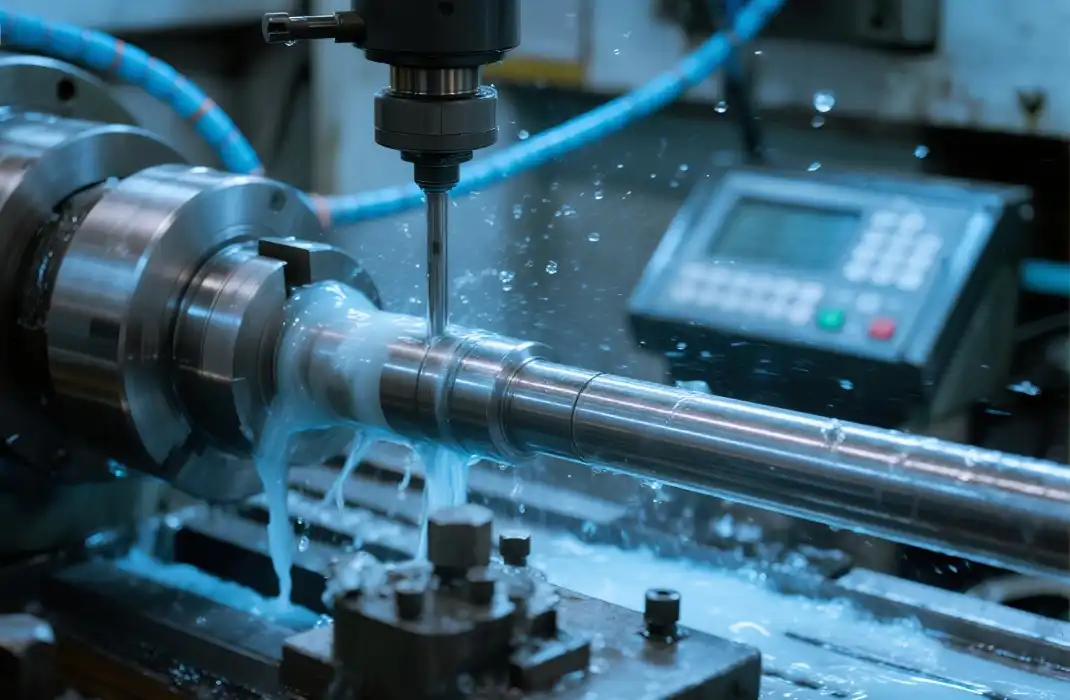
Enhanced Regulatory Compliance
Prototyping supports regulatory compliance by enabling manufacturers to generate accurate, testable representations of medical devices. These prototypes facilitate comprehensive testing, including mechanical, functional, and safety assessments, allowing manufacturers to collect the data necessary to demonstrate adherence to strict standards. Early validation with prototypes helps identify potential issues that could delay regulatory approval, reducing the risk of costly setbacks. By integrating prototyping into the development process, companies can streamline submission packages, ensure higher confidence in compliance, and ultimately improve the efficiency and predictability of bringing safe, effective medical devices to market.
Advanced Technologies Used in Medical Device Prototyping
3D Printing: Revolutionizing Medical Prototyping
3D printing has transformed the medical device prototyping landscape. This additive manufacturing technique allows for the creation of complex geometries and intricate internal structures that were previously impossible or extremely difficult to produce. Stereolithography (SLA), Selective Laser Sintering (SLS), and Fused Deposition Modeling (FDM) are among the most popular 3D printing technologies used in medical device prototyping. Each method offers unique advantages in terms of material properties, accuracy, and surface finish.
CNC Machining: Precision and Versatility
Computer Numerical Control (CNC) machining remains a cornerstone of medical device prototyping. This subtractive manufacturing process excels in producing prototypes with tight tolerances and excellent surface finishes. CNC machining is particularly valuable for creating metal components or parts that require high precision. Advanced multi-axis CNC machines can fabricate complex geometries, making them ideal for prototyping intricate medical devices such as orthopedic implants or surgical instruments.
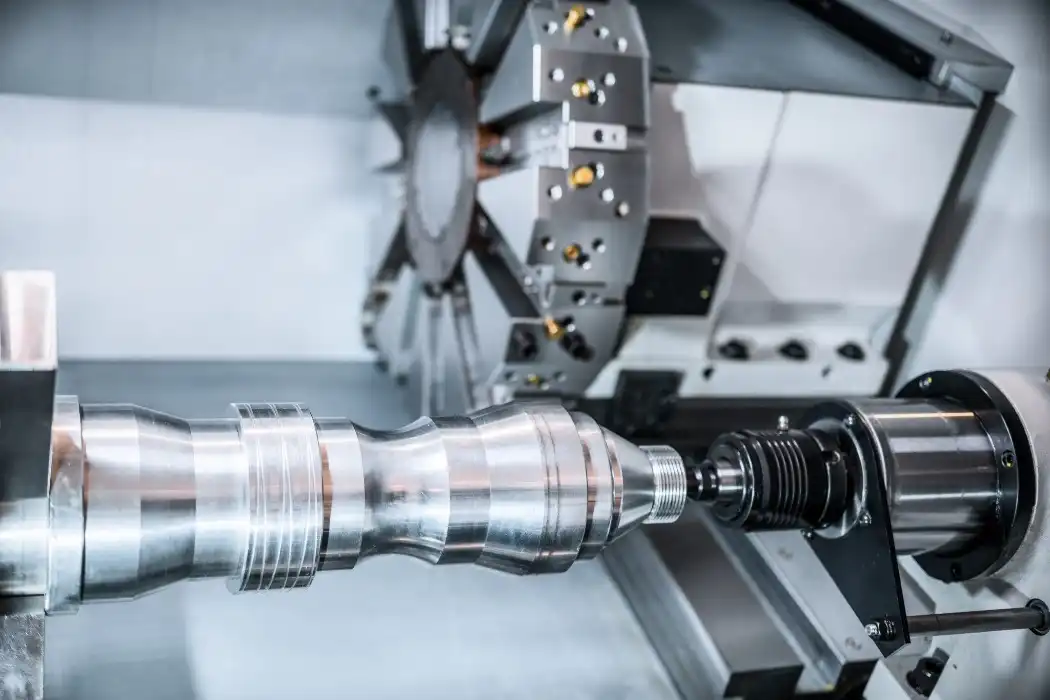
Vacuum Casting: Replicating Production-Quality Parts
Vacuum casting is a versatile prototyping technique that bridges the gap between one-off prototypes and low-volume production. This process involves creating a silicone mold from a master pattern and then casting multiple parts using various resins or urethanes. Vacuum casting is particularly useful for producing functional prototypes that closely mimic the properties of injection-molded parts. It allows medical device manufacturers to test and validate designs using materials with similar characteristics to the final product.
Materials and Considerations in Medical Device Prototyping
Biocompatible Materials for Medical Applications
When prototyping medical devices, material selection is critical. Biocompatibility is often a primary concern, especially for devices that come into direct contact with patients. Advanced prototyping companies offer a wide range of biocompatible materials, including medical-grade plastics, metals, and elastomers. Some commonly used materials include:
- Plastics: ABS, polycarbonate (PC), polyetheretherketone (PEEK)
- Metals: Titanium, stainless steel, cobalt-chrome alloys
- Elastomers: Silicone, thermoplastic elastomers (TPE)
Each material offers unique properties suitable for different medical applications, from implantable devices to external diagnostic equipment.
Sterilization Compatibility
Medical devices often require sterilization before use. When medical device prototyping, it's essential to consider the sterilization methods that will be used for the final product. Different sterilization techniques, such as ethylene oxide (EtO) gas, gamma irradiation, or autoclaving, can affect material properties. Prototyping companies work closely with medical device manufacturers to select materials and design prototypes that can withstand the intended sterilization processes without compromising functionality or safety.
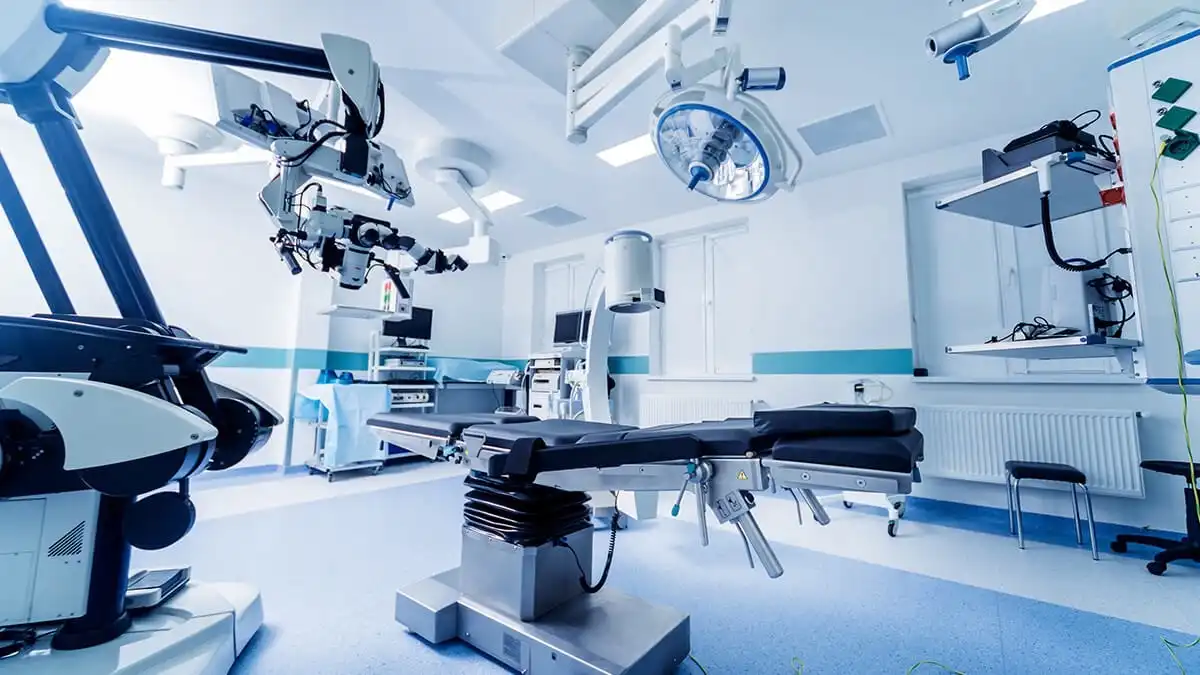
Regulatory Considerations in Material Selection
Material selection for medical device prototypes must align with regulatory requirements. Prototyping companies familiar with medical device regulations can guide manufacturers in choosing materials that comply with standards set by organizations like the FDA or European Medicines Agency (EMA). This expertise helps ensure that prototypes are not only functional but also align with regulatory expectations, streamlining the path to market approval.
Conclusion
Medical device prototyping companies play a pivotal role in advancing healthcare innovation. By leveraging cutting-edge technologies and materials, these firms enable medical device manufacturers to rapidly iterate designs, validate concepts, and accelerate time-to-market. As the healthcare industry continues to evolve, partnering with experienced prototyping specialists becomes increasingly crucial for success. By understanding the capabilities, technologies, and considerations involved in medical device prototyping, manufacturers can make informed decisions and bring life-changing innovations to patients more efficiently and effectively.
FAQs
What are the main benefits of using rapid prototyping for medical devices?
Rapid prototyping accelerates development, reduces costs, and allows for early testing and validation of designs.
How does 3D printing compare to traditional manufacturing methods for medical device prototypes?
3D printing offers faster turnaround times, more design flexibility, and cost-effective production of complex geometries compared to traditional methods.
What factors should be considered when choosing materials for medical device prototypes?
Key factors include biocompatibility, sterilization compatibility, mechanical properties, and regulatory compliance.
Expert Medical Device Prototyping Services | BOEN
BOEN Prototype specializes in high-quality medical device prototyping and low-volume production using advanced technologies like CNC machining, 3D printing, and vacuum casting. Our expertise spans various industries, including medical devices, ensuring rapid turnaround times and exceptional quality. With our comprehensive knowledge of materials and integrated production processes, we deliver tailored solutions for even the most complex prototyping challenges. Contact us at contact@boenrapid.com to learn how we can support your medical device development journey.
References
Johnson, M. (2022). Advances in Medical Device Prototyping: A Comprehensive Review. Journal of Biomedical Engineering, 45(3), 112-128.
Smith, A., & Brown, B. (2021). Material Considerations for Medical Device Prototypes. Medical Device Technology, 33(2), 78-92.
Thompson, R. (2023). Regulatory Pathways for Medical Device Prototypes: A Global Perspective. Regulatory Affairs Journal, 18(4), 201-215.
Lee, S., et al. (2022). Comparative Analysis of 3D Printing Technologies for Medical Device Prototyping. Additive Manufacturing, 14(2), 45-59.
Garcia, D., & Wilson, E. (2021). Cost-Benefit Analysis of Rapid Prototyping in Medical Device Development. Journal of Healthcare Innovation, 9(1), 33-47.
Anderson, K. (2023). The Role of CNC Machining in Precision Medical Device Prototyping. Manufacturing Technology Journal, 27(3), 156-170.



